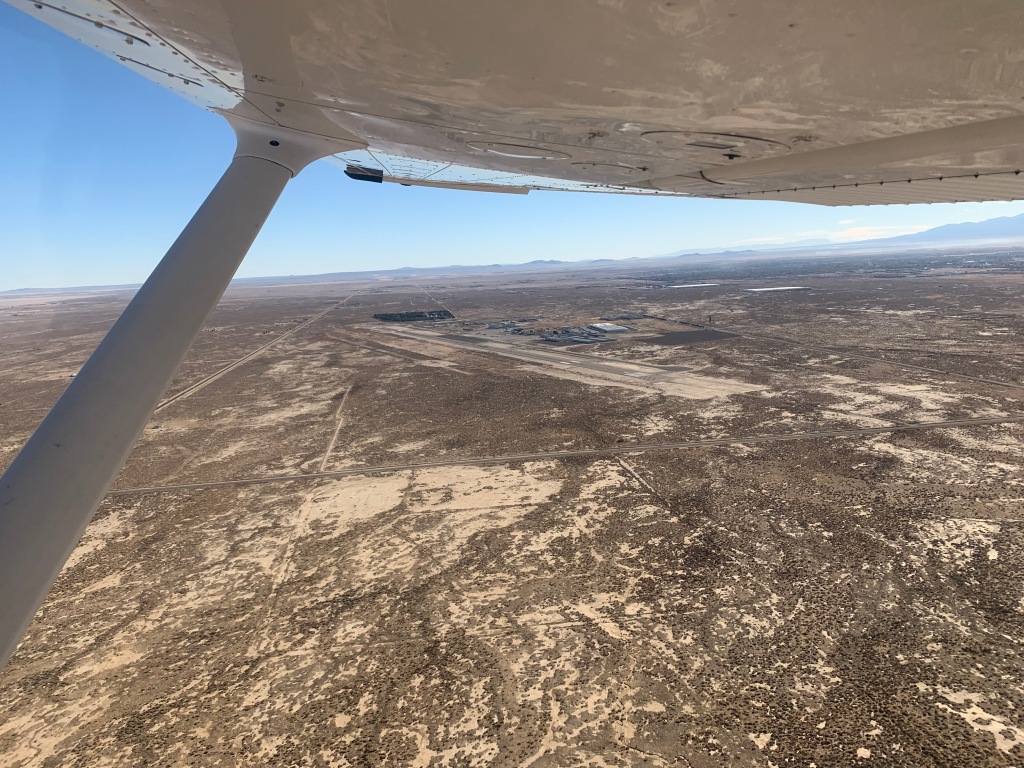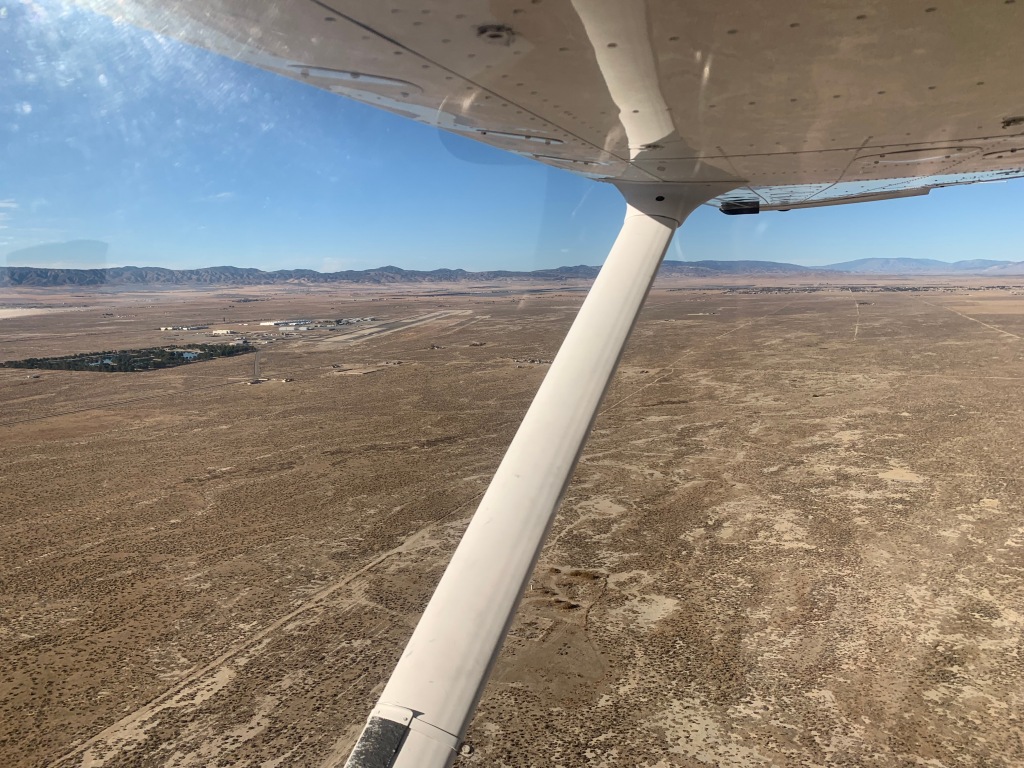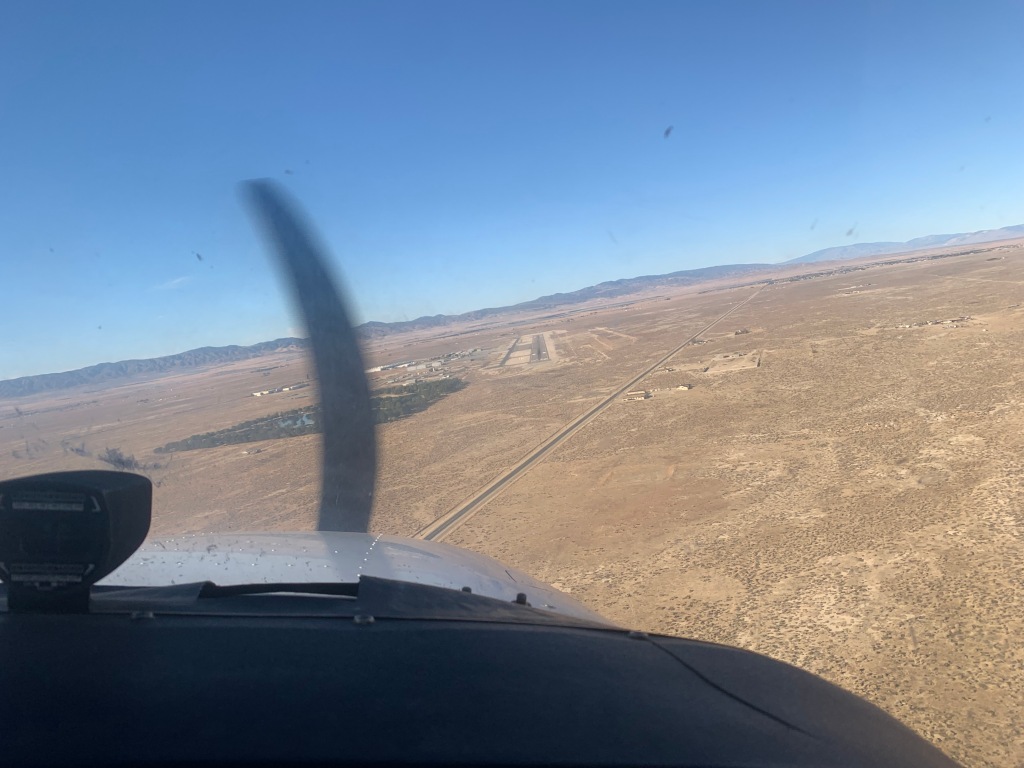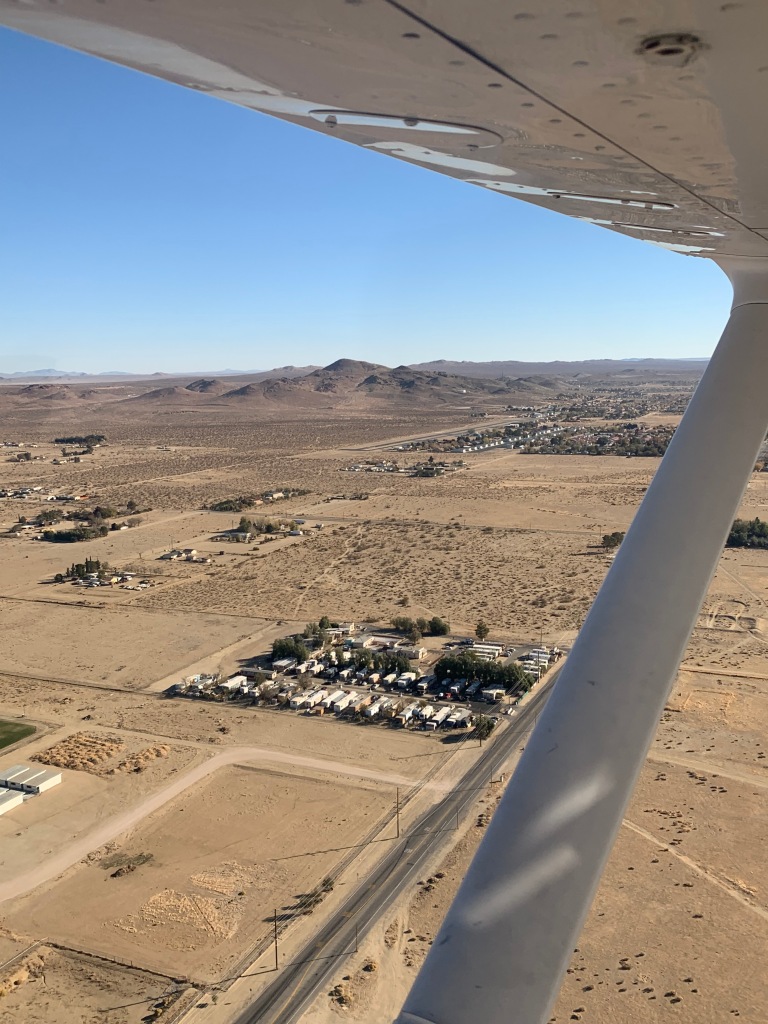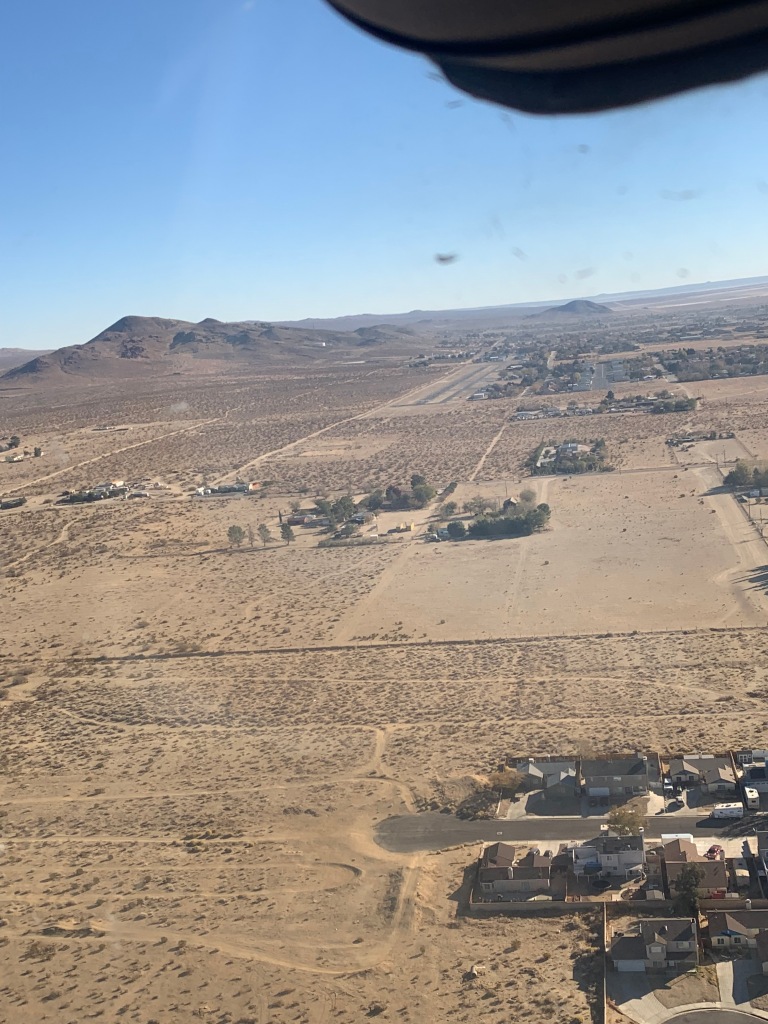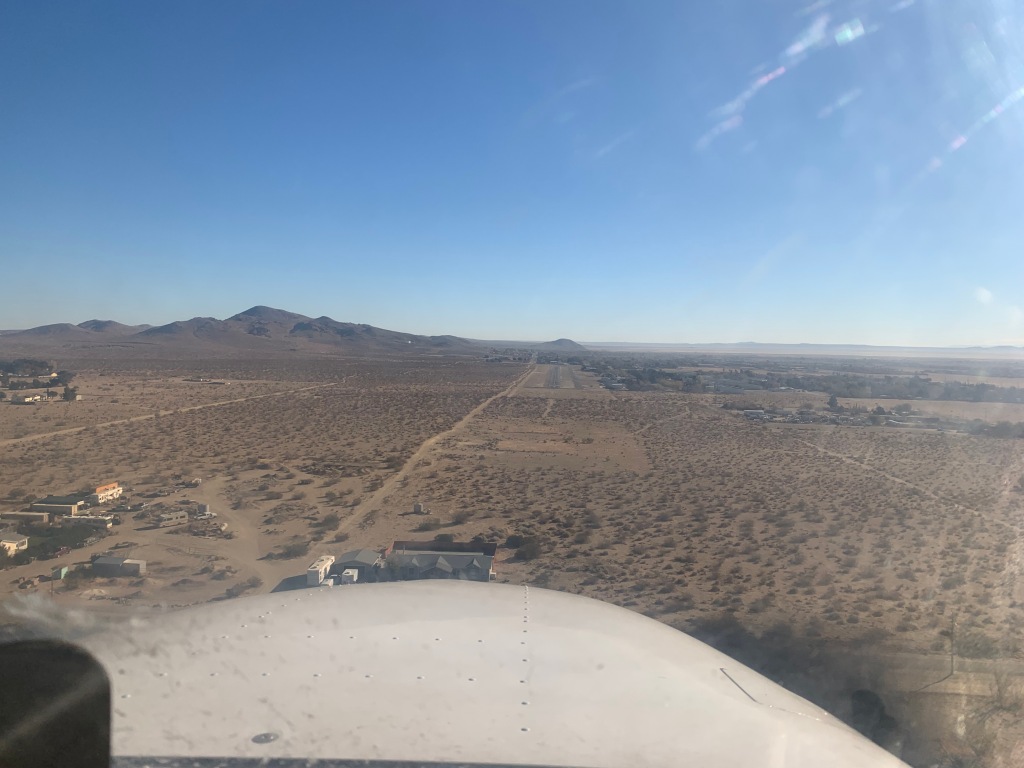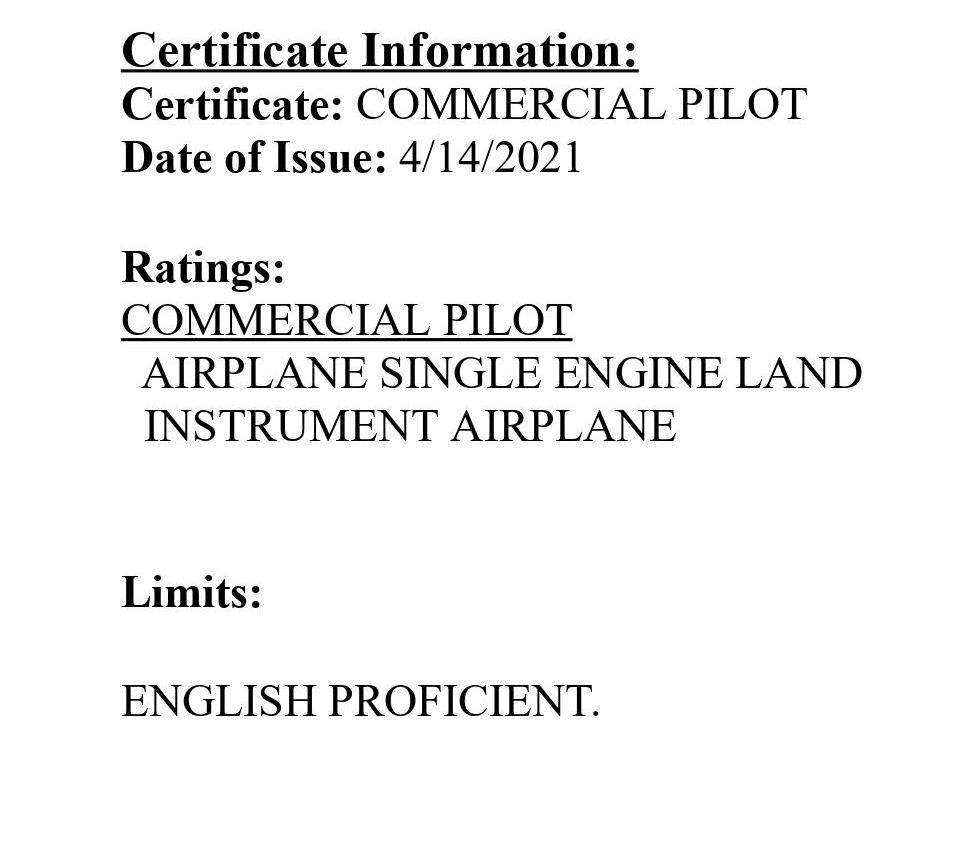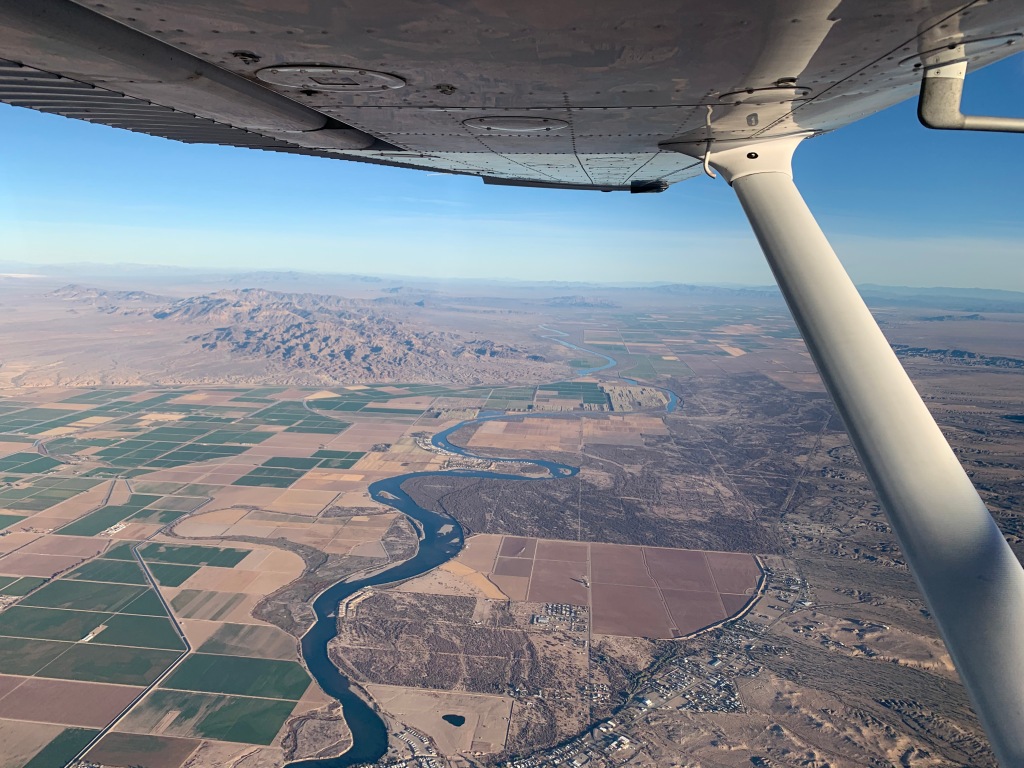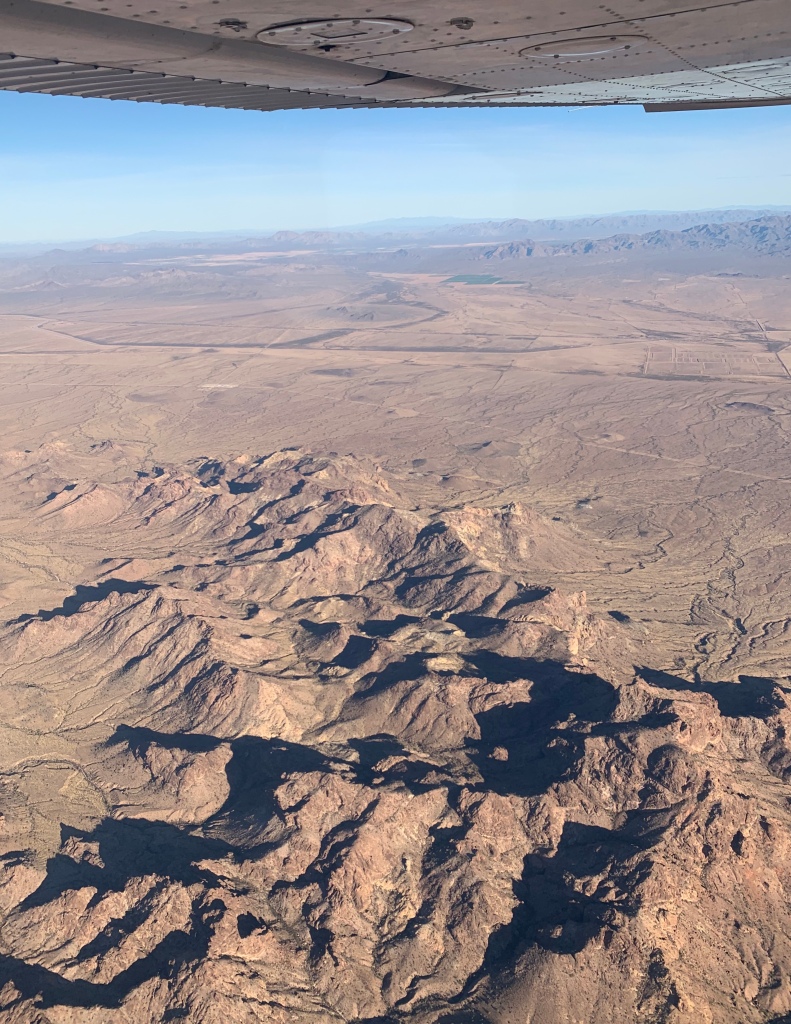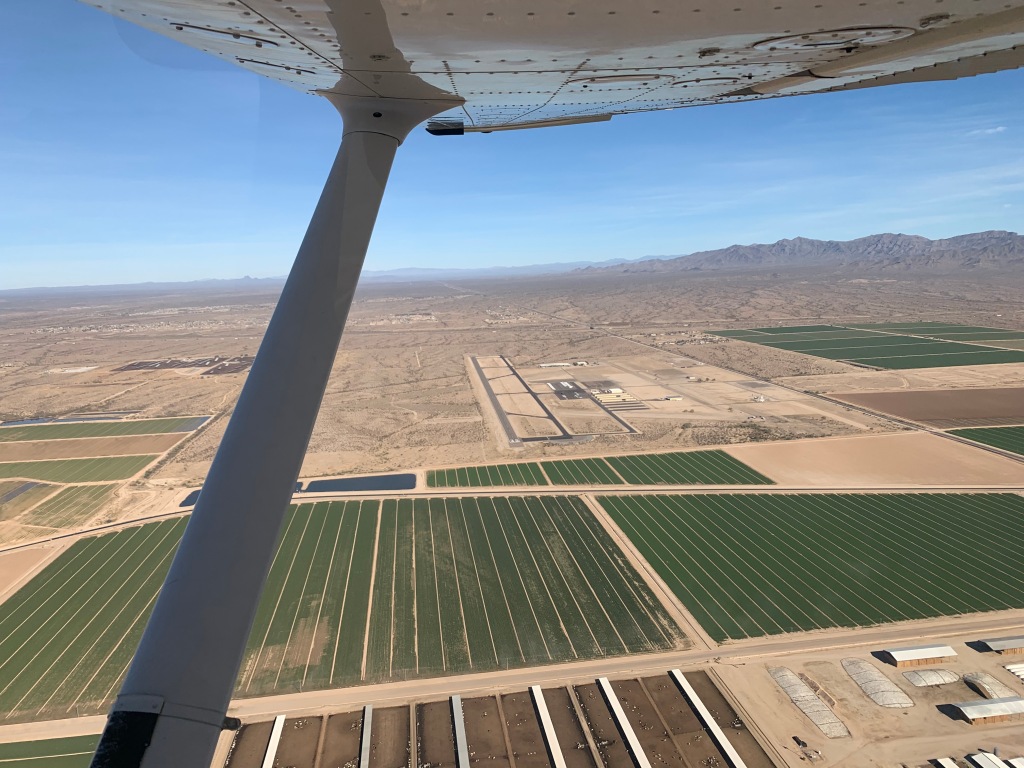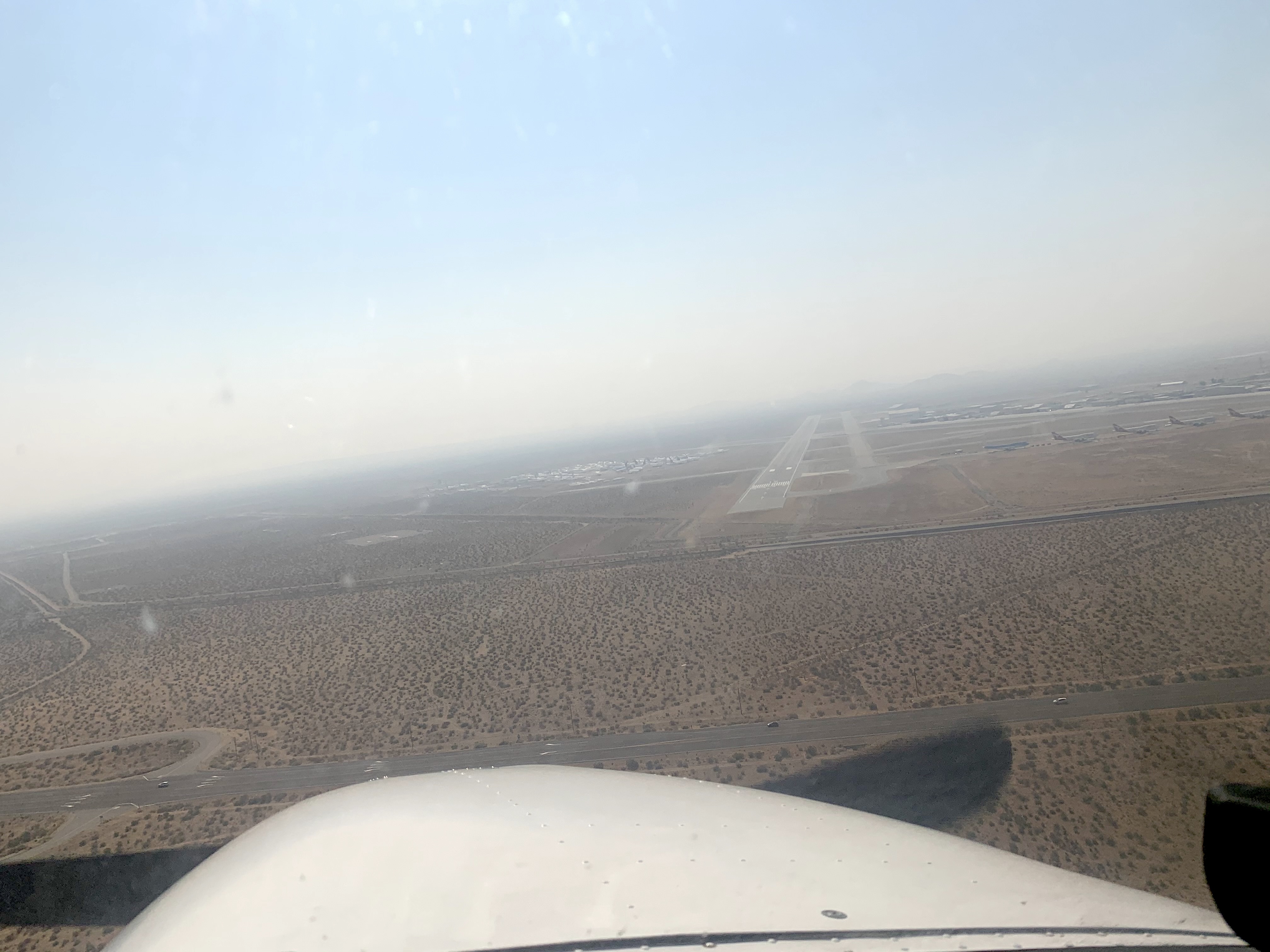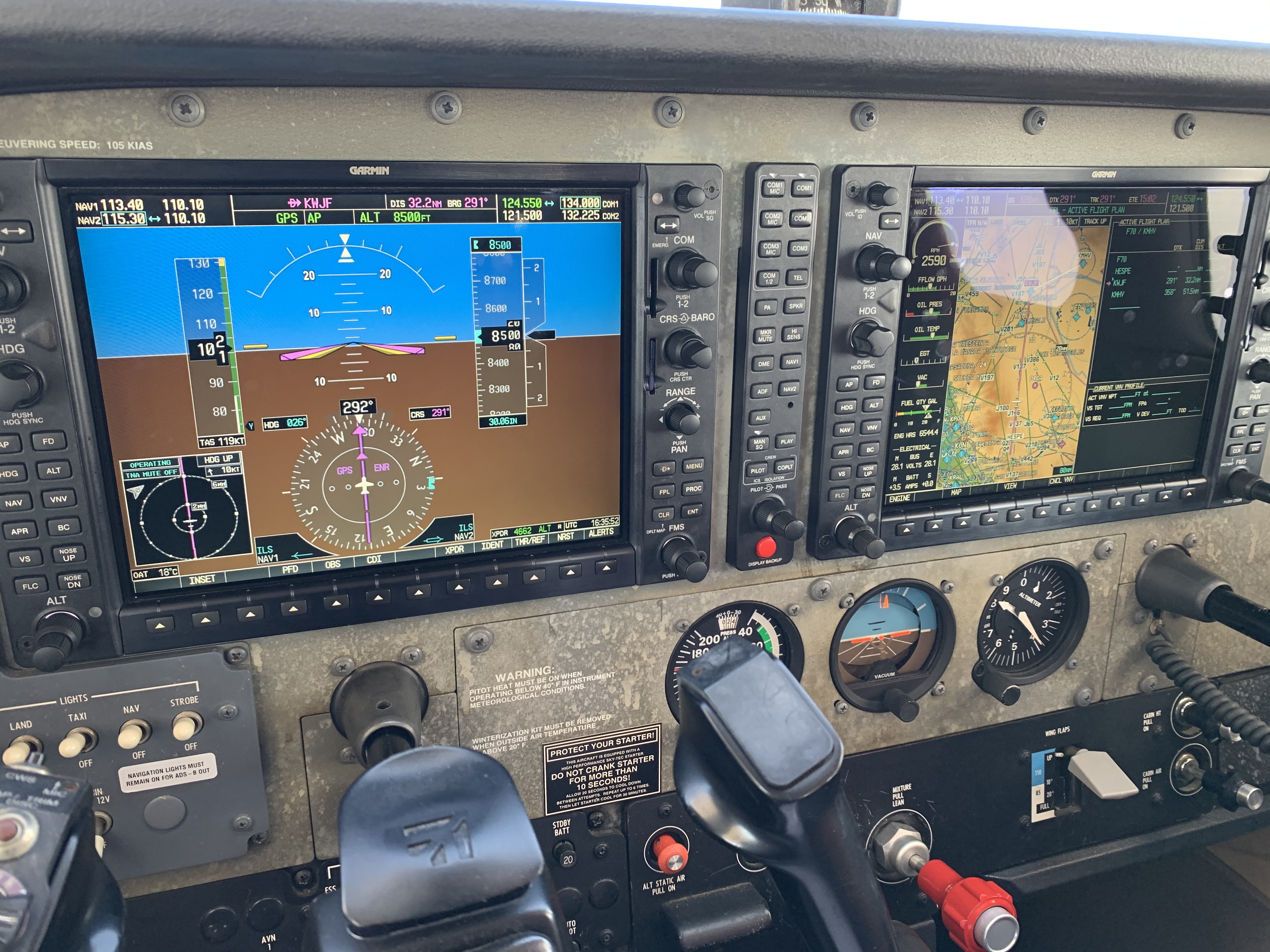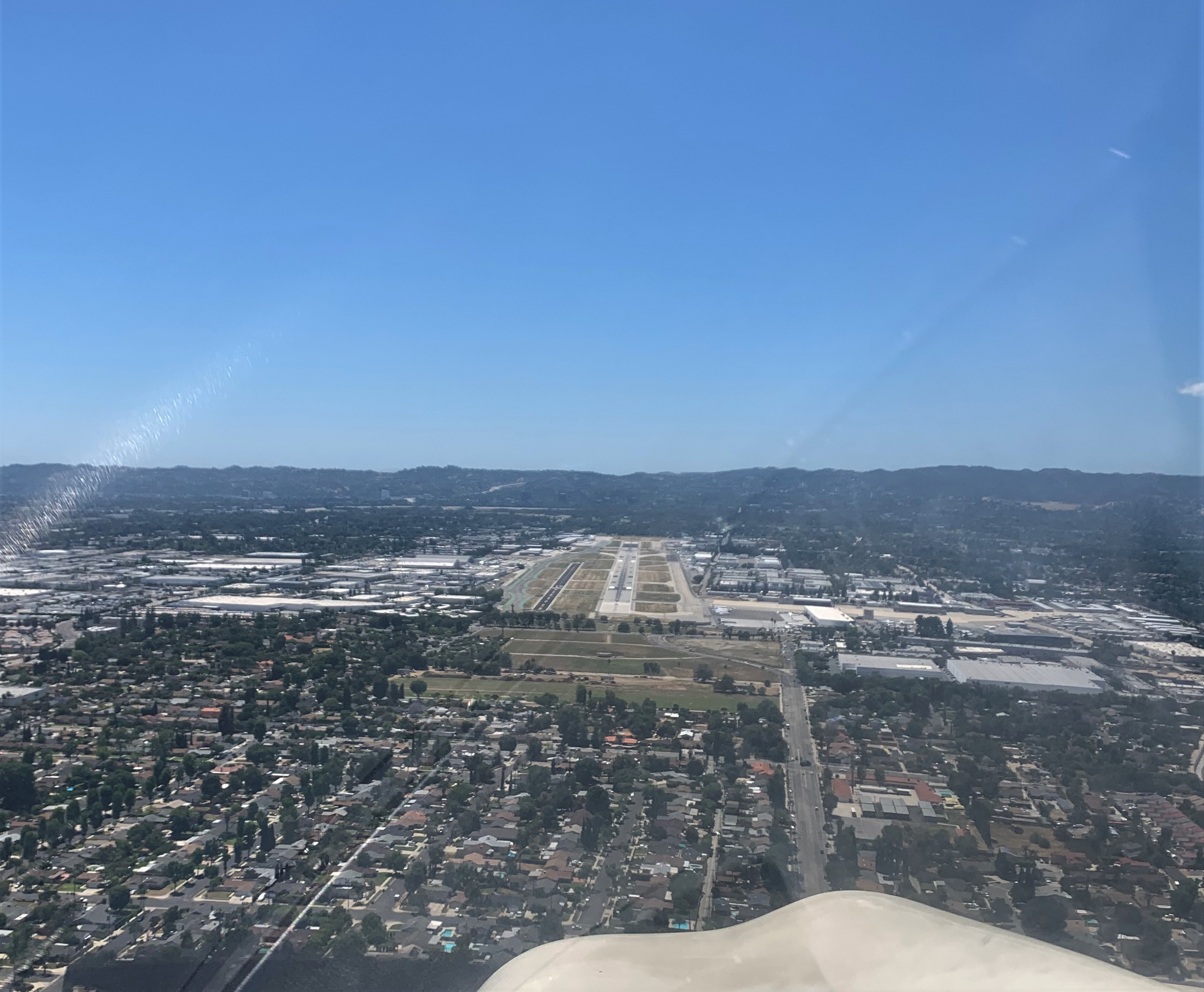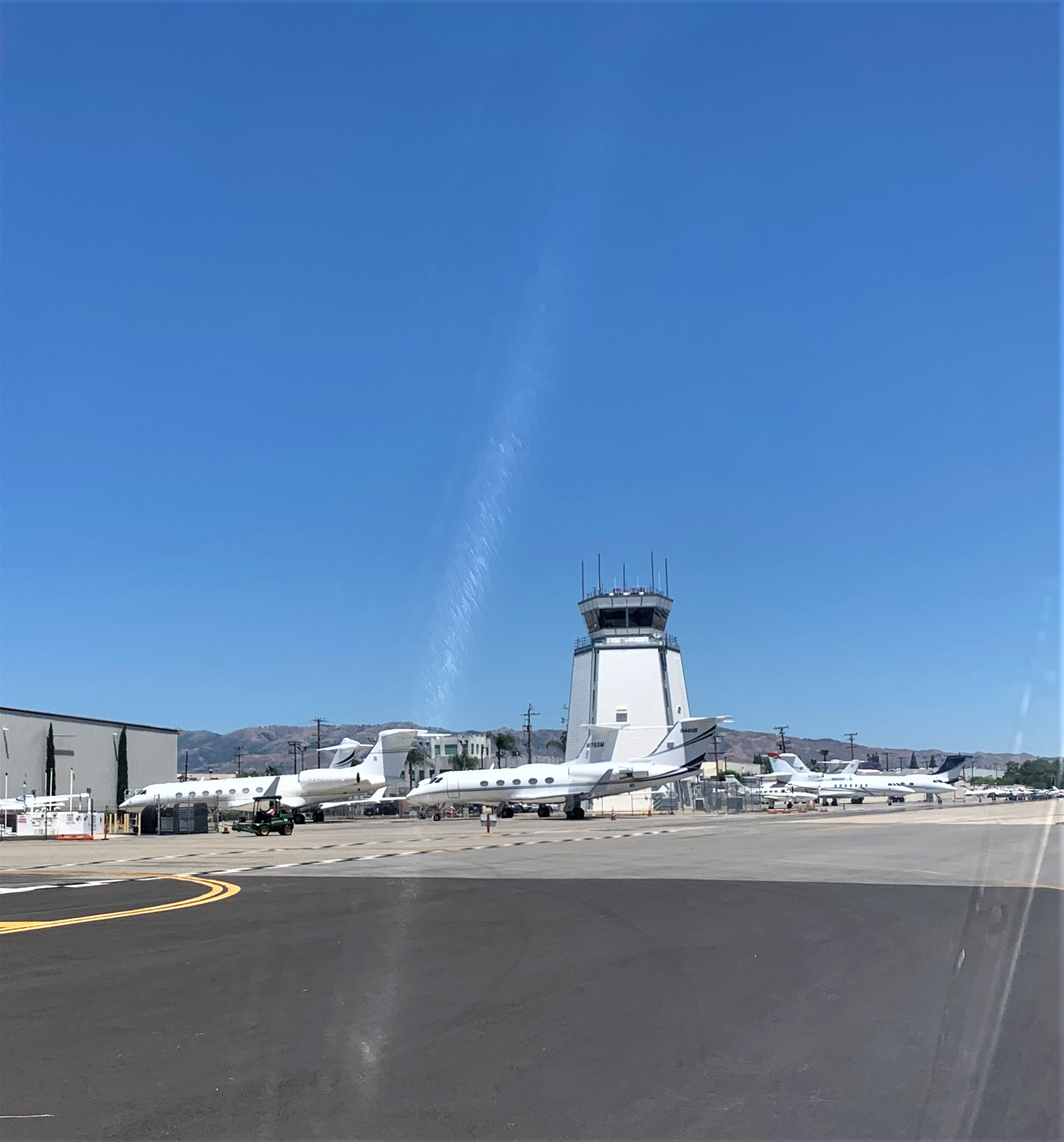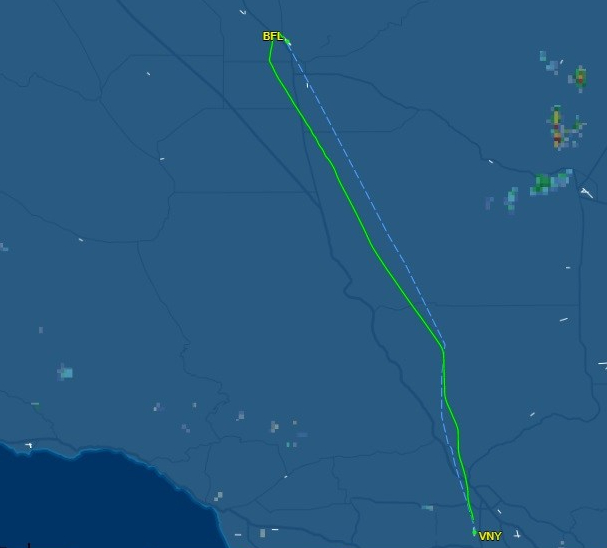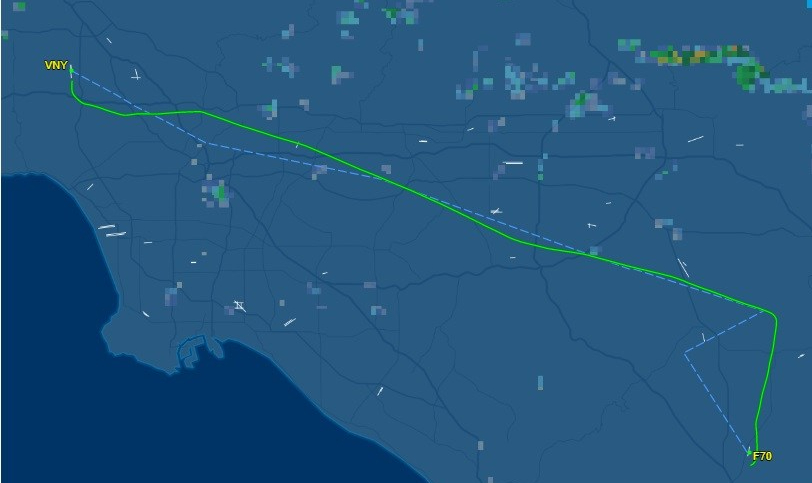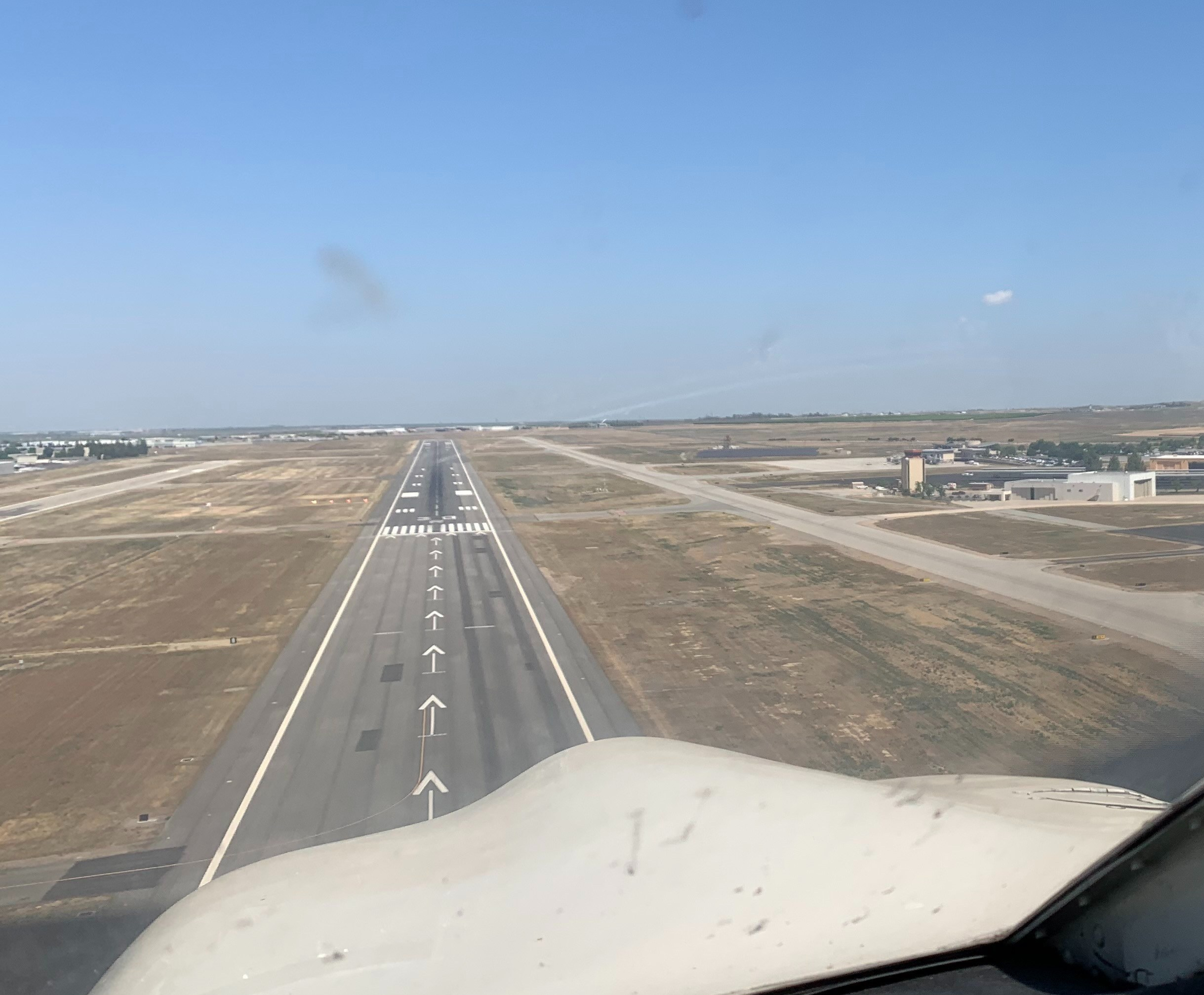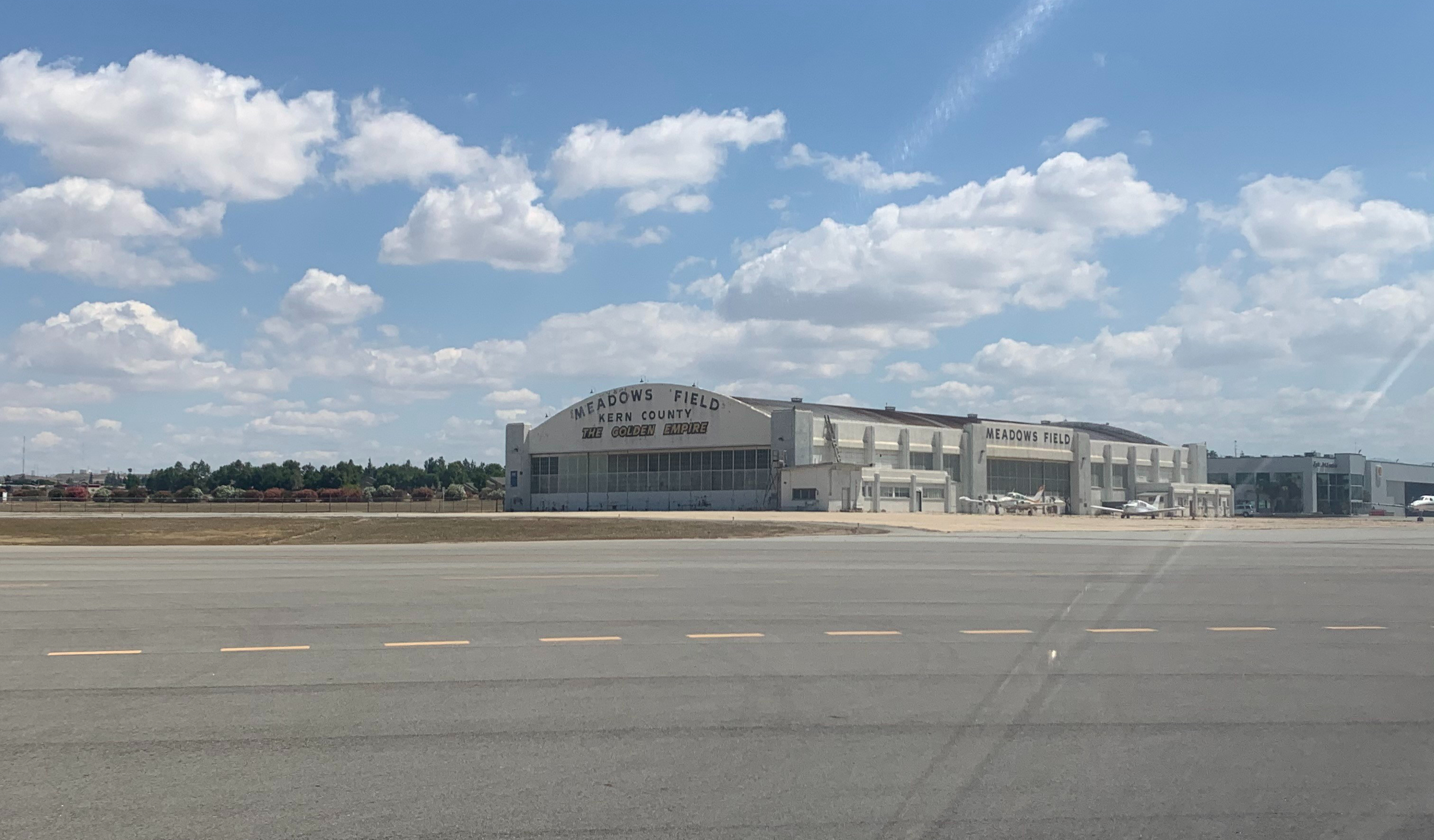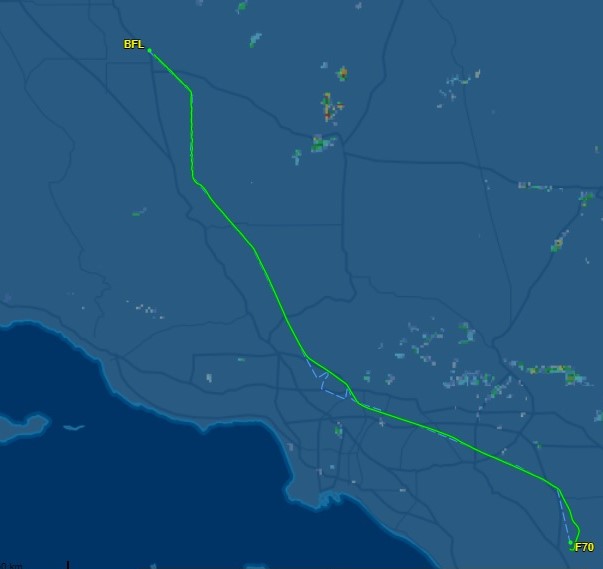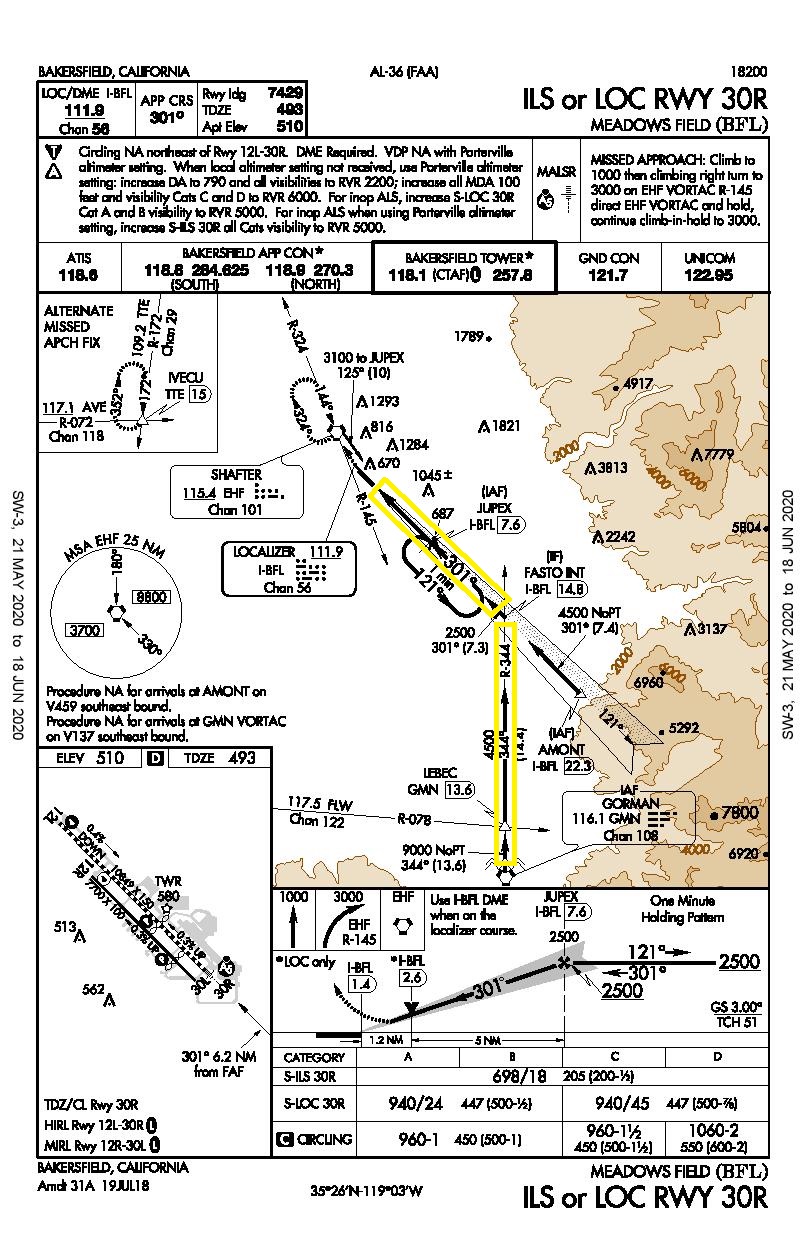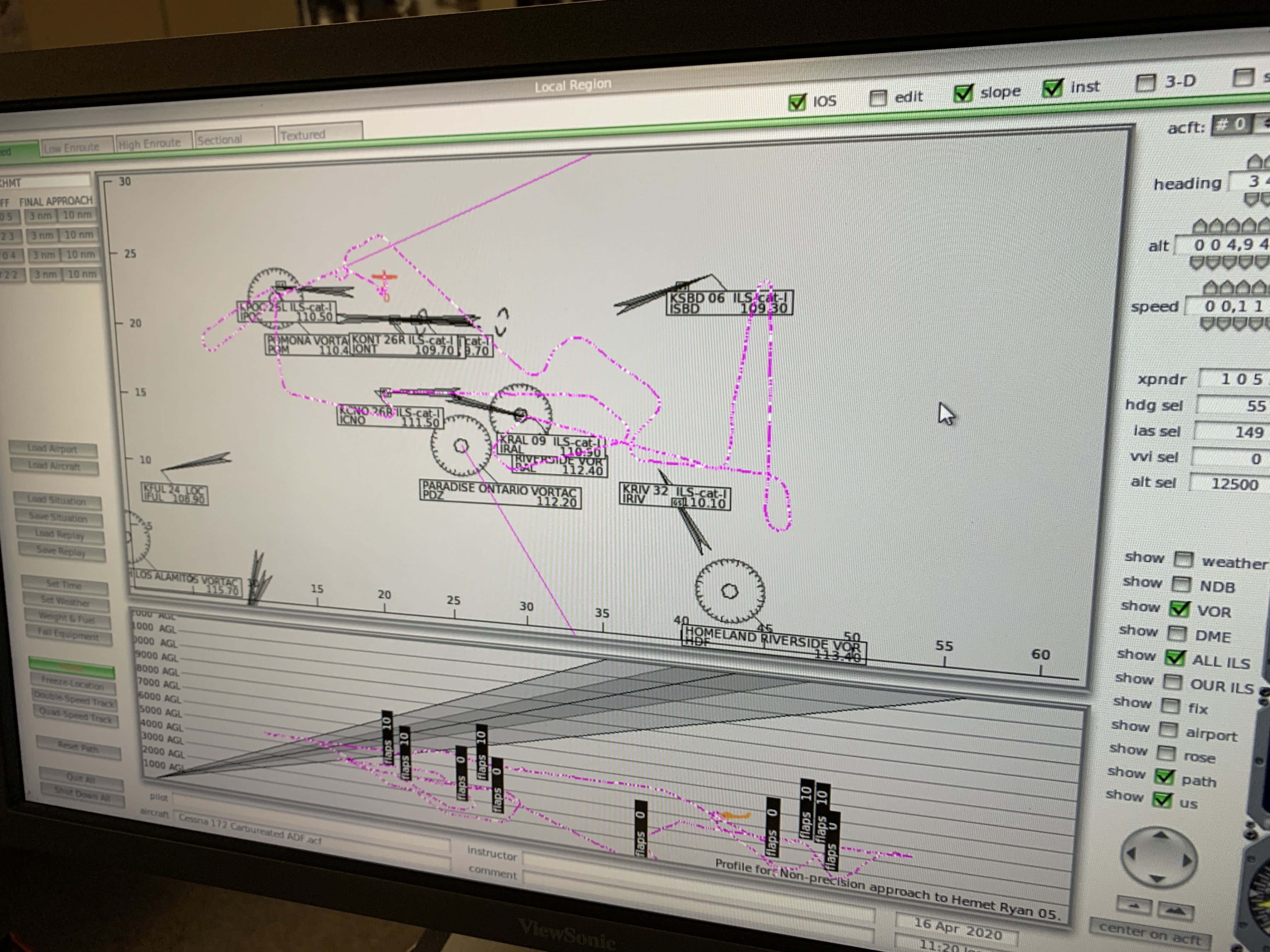On October 11th, 2022, I passed the Certificated Flight Instructor practical test and officially became a Certificated Flight Instructor (CFI). A Flight Instructor can provide the required flight training to earn a Sports Pilot Certificate, Recreational Pilot Certificate, Private Pilot Certificate, Commercial Certificate, and conduct flight reviews for these certificates. Earning the CFI certificate requires passing a knowledge exam, receiving a spin endorsement, and the necessary preparation in knowledge and airmanship to meet the Commercial Airplane Airman Certification Standards (ACS) and Flight Instructor Airplane Practical Test Standards (PTS). I passed the knowledge exam in August 2021, received the spin endorsement in September 2021 (over 50 spins in a Cessna 150 Aerobat), and started the final training in August 2022 and earning the certificate in October 2022.
- Follow Flying California on WordPress.com
-
Recent Flights
- Certificated Flight Instructor as of October 11, 2022
- General William J. Fox Airfield – KWJF
- Rosamond Skypark – L00
- Commercial Certificate as of April 14th, 2021
- Chandler & Buckeye, Arizona – KCHD KBXK
- Mojave Air and Space Port – KMHV
- Instrument Rated as of June 13th, 2020
- Van Nuys – KVNY
- Meadows Bakersfield – KBFL
- Instrument Rating – Training
- Imperial County: KIPL
- Agua Caliente: L54
- Santa Monica: KSMO
- Ontario: KONT
- Young Eagles Flight – 04.15.17 & 05.13.17
- Calexico: KCXL
- John Wayne-Orange County: KSNA
- Long Beach – Daugherty Field: KLGB
- Torrance – Zamperini Field: KTOA
- Lone Pine: O26
- SJVA Aviation Institute – Summer 2015
- EAA Young Eagles Flight
- Independance: 2O7
- Carson’s First Flight
- Hawthorne: KHHR
- Compton: KCMP
- Brawley Municipal: KBWC
- Cliff Hatfield Memorial: KCLR
- Lee Vining: O24
- Air to Air Photos & Performance Takeoff & Landings
- Barstow-Daggett: KDAG
- Fullerton: KFUL
- Montgomery Field: KMYF
- Eastern Sierra Nevada Mountain Flying
- San Jacinto Valley Flight
- EAA Young Eagles Flight
- Brown Field: KSDM
- Gillespie Field: KSEE
- Bermuda Dunes: KUDD
- Jacqueline Cochran: KTRM
- Twentynine Palms: KTNP
- Victorville: KVCV
- Borrego Valley: L08
- Yucca Valley: L66
- Chiriaco Summit: L77
- Roy Williams: L80
- El Monte: KEMT
- Cable: KCCB
- Fallbrook: L18
- Hesperia: L26
- Desert Center: L64
- Perris Valley: L65
- Rialto: L67
- San Luis Obispo: KSBP
- Catalina – KAVX
- San Bernardino: KSBD
- Ramona: KRNM
- Flabob: KRIR
- Redlands: KREI
- Riverside: KRAL
- Palm Springs: KPSP
- Brackett: KPOC
- Oceanside: KOKB
- McClellan-Palomar: KCRQ
- Chino: KCNO
- Camarillo: KCMA
- Banning: KBNG
- Blythe: KBLH
- Mammoth Lakes: KMMH
- Bishop: KBIH
- Apple Valley: KAPV
- Corona: KAJO
- French Valley: F70
- Hemet Ryan: KHMT



